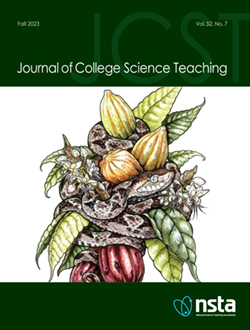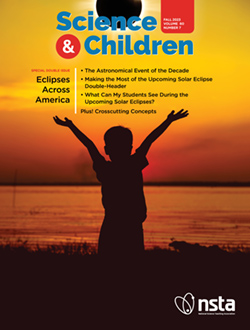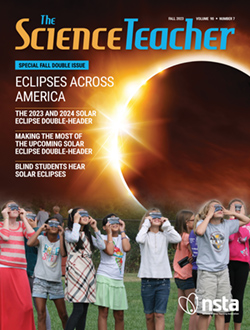Book Beat Live! Model-Based Inquiry in Biology, October 10, 2023
Join us on Tuesday, October 10, 2023, from 7:00 PM to 8:15 PM ET, to learn about the NSTA Press book Model-Based Inquiry in Biology: Three-Dimensional Instructional Units for Grades 9-12.
NSTA Press books are powerful tools to help science educators understand, implement, and excel with the best practices of science teaching and learning.
Join us on Tuesday, October 10, 2023, from 7:00 PM to 8:15 PM ET, to learn about the NSTA Press book Model-Based Inquiry in Biology: Three-Dimensional Instructional Units for Grades 9-12.
NSTA Press books are powerful tools to help science educators understand, implement, and excel with the best practices of science teaching and learning.
Join us on Tuesday, October 10, 2023, from 7:00 PM to 8:15 PM ET, to learn about the NSTA Press book Model-Based Inquiry in Biology: Three-Dimensional Instructional Units for Grades 9-12.
NSTA Press books are powerful tools to help science educators understand, implement, and excel with the best practices of science teaching and learning.
Join us on Tuesday, October 10, 2023, from 7:00 PM to 8:15 PM ET, to learn about the NSTA Press book Model-Based Inquiry in Biology: Three-Dimensional Instructional Units for Grades 9-12.
NSTA Press books are powerful tools to help science educators understand, implement, and excel with the best practices of science teaching and learning.
Join us on Tuesday, October 10, 2023, from 7:00 PM to 8:15 PM ET, to learn about the NSTA Press book Model-Based Inquiry in Biology: Three-Dimensional Instructional Units for Grades 9-12.
NSTA Press books are powerful tools to help science educators understand, implement, and excel with the best practices of science teaching and learning.











